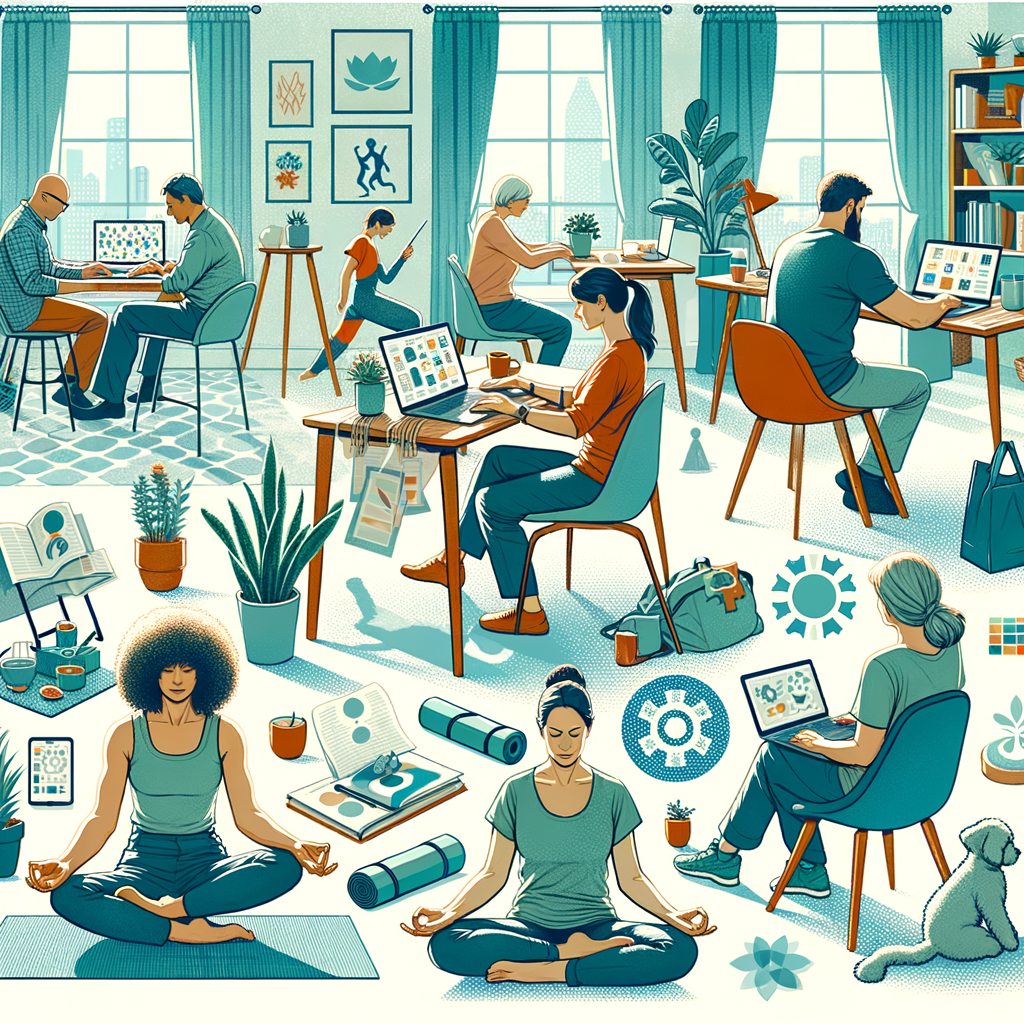Utilizing Technology for Effective Communication and Collaboration in Remote Teams
In an era of digital transformation, the landscape of the workplace has undergone a significant shift. The advent of technology has provided countless opportunities for effective communication and collaboration, especially in the context of remote teams. As organizations increasingly adopt flexible working arrangements, understanding how to utilize technology not only becomes vital for success but is also imperative in maintaining productivity and engagement.
Understanding the Dynamics of Remote Teams
Remote teams bring together individuals from diverse geographical areas, creating a rich tapestry of skills and perspectives. However, these advantages come with their own set of challenges, including:
- Communication Barriers: In lieu of face-to-face interactions, misunderstandings may arise due to lack of non-verbal cues.
- Time Zone Differences: Scheduling meetings can become complex, leading to misalignment in timelines and deliverables.
- Feelings of Isolation: Team members may feel disconnected from their colleagues, impacting morale and collaboration.
Key Technologies Enhancing Remote Collaboration
To mitigate these challenges, organizations can leverage various technological tools designed specifically for remote communication and collaboration. Here are some key categories of technology that can make a difference:
1. Communication Platforms
Effective communication is the cornerstone of any successful team. The right platform can foster seamless interactions. Examples include:
- Slack: A messaging app that allows teams to create channels for specific projects, enabling organized discussions.
- Microsoft Teams: A collaboration hub that integrates chat, video calls, file sharing, and more, streamlining communication.
- Zoom: A leading video conferencing tool that provides high-quality video calls and webinars.
2. Project Management Tools
To maintain productivity and align goals, project management software is essential. Consider these options:
- Trello: Utilizes boards and cards to manage tasks visually, making it easy to track progress and assign responsibilities.
- Asana: Allows teams to create tasks, set deadlines, and track project timelines, ensuring accountability.
- Monday.com: A versatile platform that offers custom workflows and automation to increase efficiency.
3. Collaborative Document Editing
Collaboration on documents in real-time promotes engagement and innovation:
- Google Workspace: Enables multiple users to edit documents, spreadsheets, and presentations simultaneously, enhancing collaborative efforts.
- Microsoft Office 365: Offers cloud-based versions of traditional Office applications, allowing for real-time collaboration.
Best Practices for Implementation
While technology provides the tools, organizations must adopt best practices to reap the full benefits:
- Set Clear Expectations: Define communication protocols and response times to avoid confusion.
- Encourage Regular Check-ins: Establish routine meetings to maintain personal connections and ensure everyone is aligned.
- Promote Inclusivity: Be mindful of time zones and ensure everyone has an opportunity to participate in discussions.
Conclusion
The digital age has reshaped how teams work, making technology an integral part of communication and collaboration. By adopting the right tools and practices, organizations can harness the power of remote teams, leading to improved productivity, greater creativity, and strengthened relationships. As we continue to navigate this ever-evolving landscape, embracing technology will be key in driving success in remote work environments.
There you have it… See what works for you…
Campbell M Gold
To Create Health, Wealth, Success, and Longevity through the Power of Your Subconscious Mind, Visit: Campbell M Gold.com
Visit The Store and see what else can be of help


















